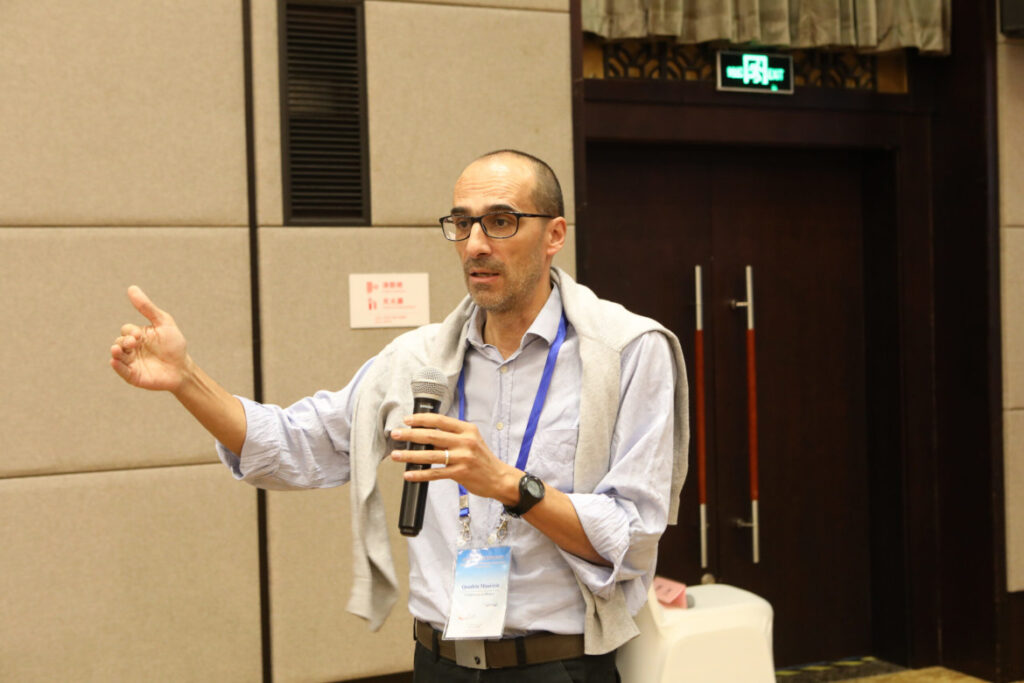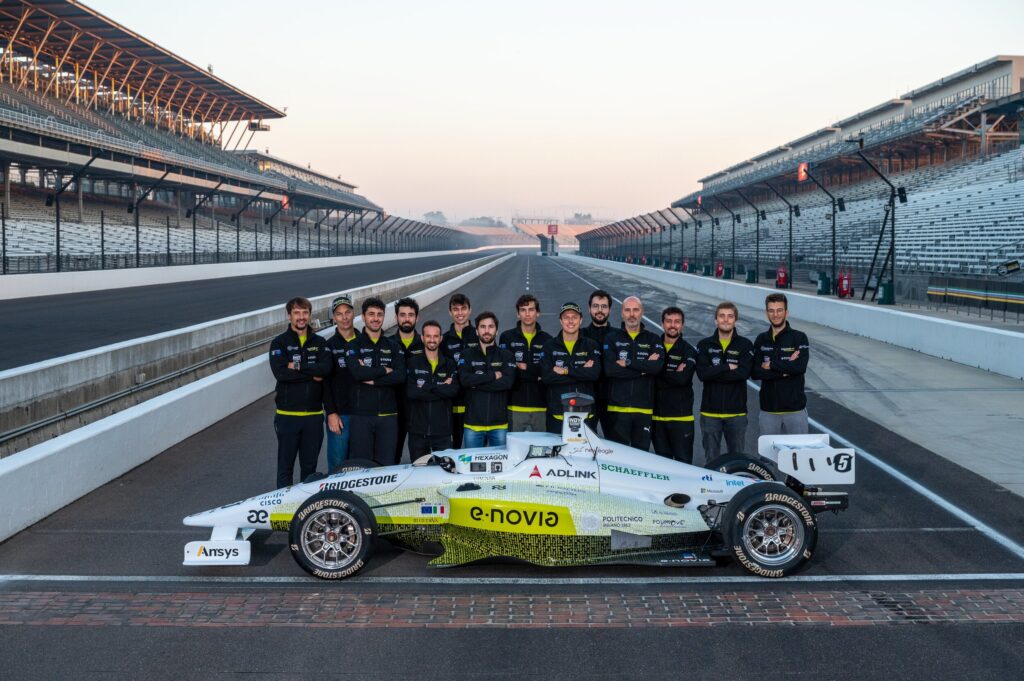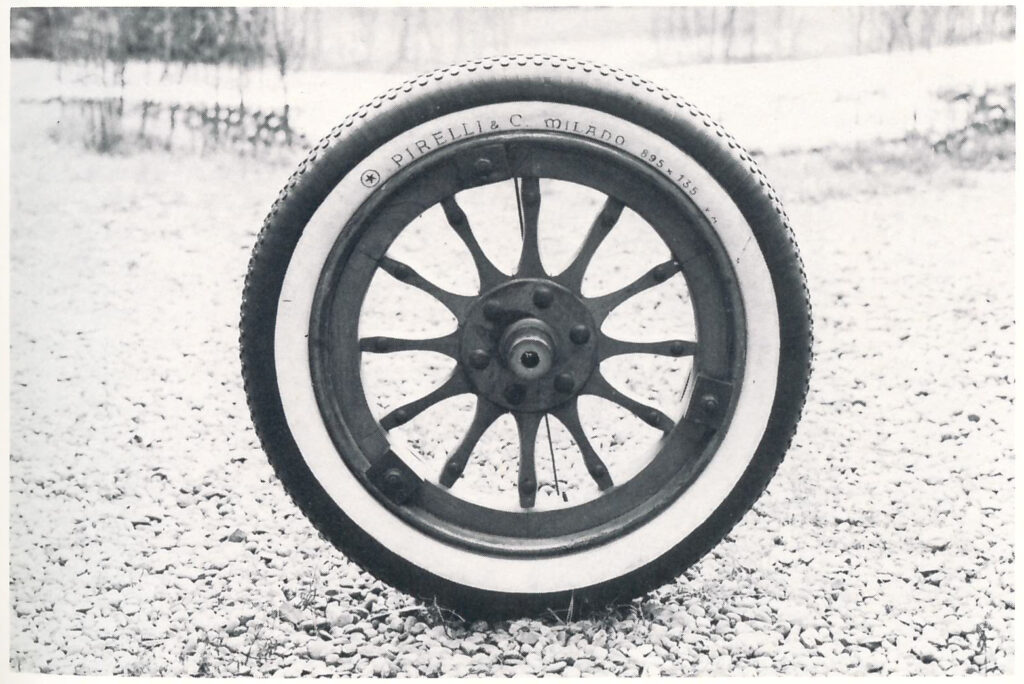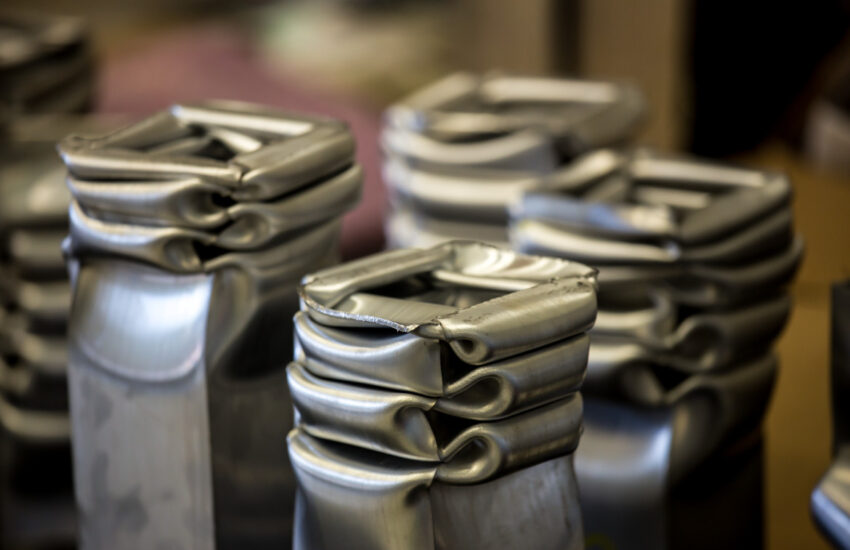“Resilience” seems to be the word of the moment. Sometimes “words come in and out of fashion”. And the concept of resilience, which many of us were taught in physics class at school – and perhaps then forgot about – has seen an extraordinary resurgence in the public arena of late. The word entered the Italian language from the Anglo-Saxon world, precisely with the expansion of lexicon in the scientific-technological field.
To be fair, its success is well-deserved. The word, in fact, conveys several familiar concepts with which we would all be happy to be associated: resistance, reaction, adaptation to the world around us.
If we think about it, isn’t that what science and technology are all about? Man’s reaction to the world. The attempt to tame it and shape it, in a game of mutual adaptation. A long history of new problems and new solutions, of stops and starts, of mistakes and corrections, of stimuli and responses. All in order to raise the bar higher and higher as part of an ongoing challenge.
In this issue of ‘Frontiere’, we cover some of the world’s pitfalls with technologies inspired by resilience. We will avoid collisions by carrying out crash tests in our laboratories. We will cover distances in new self-driving racing cars. We will analyse how to overcome the friction that prevents us from breathing well with a deviated nasal septum. We will find new ways to treat waste from our appliances, turning them into resources. We will discover how an engineer at the Politecnico overcame the resistance of rubber, and used this idea to found the great Italian rubber industry.

The fluid dynamics… of the nose
Have you ever thought that the nose poses a great problem in terms of fluid dynamics? We haven’t either. Our professor Maurizio Quadrio, on the other hand, was inspired halfway through his academic career to branch out into this new field of research.
Quadrio started off studying turbulence. In particular, he specialised in flow control, or rather in the control of turbulent currents, and how to modify them to his advantage. At a certain point he realised something: even modifying anatomical shapes with a scalpel is in effect a form of flow control. Applying these studies to the nose means trying to improve the success rate of corrections of the deviated nasal septum, which currently stands at 50%.
Too complicated? Professor Quadrio explained this much more clearly in our interview.
At La.S.T., safety is impact-proof
Avete presente quelle prove in cui ignari manichini vengono lanciati in automobili ad alta velocità dritti verso il disastro? Anche al Politecnico abbiamo un laboratorio in cui vengono effettuati i crash test, fin dagli anni Sessanta del secolo scorso.
This is the La.ST, in particular its passive safety section, a term by which we mean the engineering activities carried out to reduce the risk of injury to the occupants of means of transport: from cars and trains to helicopters and motorcycles.
La.ST is located on the Bovisa Durando campus, in an unusual place. It is in fact housed in a huge warehouse that once belonged to Ceretti e Tanfani, a manufacturer of cableways and conveyor belts. This large premises was ideal for setting up a major laboratory.
Marco Anghileri, professor of passive safety of structures, showed us around.
PHOTO NEWS

The PoliMOVE team won the Indy Autonomous Challenge in Las Vegas last month, the first car race with no-one behind the wheel.
In addition to experiencing the thrill of the race, it was an opportunity to show the world the great progress made by mOve, the research group that has been involved in the autonomous driving of land vehicles of all kinds, from electric bikes to cars and even tractors.
Three PhD students in Information Engineering revealed all the secrets of their vehicle and the story behind the race.
Dishwasher waste that gives life to new plants
It is one of the most critical issues of our time: making the most of waste materials to create new resources. This is the idea behind a 2019 patent of the Politecnico di Milano, filed together with the University of Rome “Tor Vergata”.
It is a system that could easily regenerate the waste water of a dishwasher, and turn it into water that can be used to irrigate vegetable gardens or even reused by the dishwasher itself.
The idea, combining biology and design, has enormous potential. If the current prototype can be applied to small vertical domestic gardens, it should be possible in the future to apply it also to large urban gardens and use the water produced by other types of household appliances.

Pirelli: a 150-year old dream
For our usual delve into history, this month we take you back to Milan 150 years ago. It was the year in which Giovanni Battista Pirelli founded the company that still bears his name today, and which made him famous all over the world. Pirelli had graduated in industrial engineering only two years earlier, at that Higher Technical Institute which we now call the Politecnico di Milano.
The winning idea was to create a completely new industry for Italy at the time, namely that of vulcanisation of rubber, which makes it elastic and therefore suitable for the many applications we use to this day.
Delve into this fascinating history, also thanks to the interesting materials that we have found in our Historical Archives.

